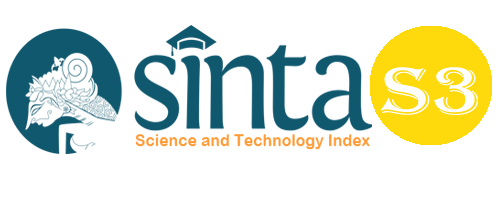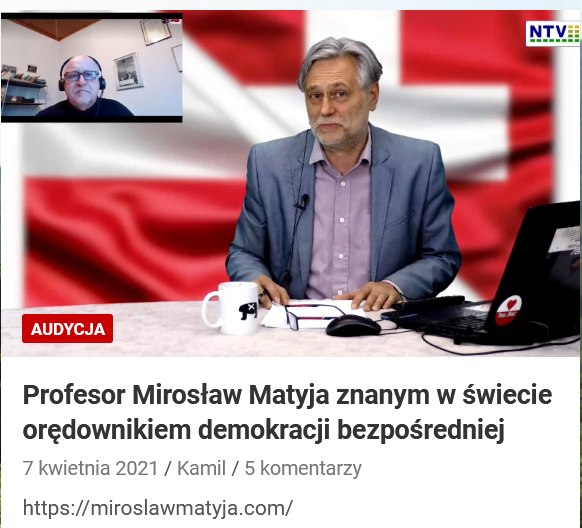Analysis of the Difficulty of Study Programs in Unimed in the Development of Quality Assurance Based on Accreditation
Abstract
Keywords
Full Text:
PDFReferences
Widayat, dkk. (2013). Analisis Kualitas Program Studi Perguruan Tinggi dalam Mendukung Pendapaian Koridor Ekonomi Indonesia. Jakarta: Pusat Data dan Statistik Pendidikan (PDSP) Kementerian Pendidikan dan Kebudayaan.
Nurlaqim, S. A., dkk. (2014). Peranan Perguruan Tinggi dalam Meningkatkan Kualitas Pendidikan di Indonesia untuk Menghadapi ASEAN Community. SHARE: SOCIAL WORK JURNAL. 6 (2), 154-272.
Gumiandari, S. (2013). Komitmen Pimpinan dalam Pelaksanaan Penjaminan Mutu Perguruan Tinggi. Jurnal Holistik. 14 (2), 27-56.
Peter J. Haas dan J. Fred Springer (1998: 22) (Miles dan Hubberman, 1994).
Woodhouse, D. 2013. Global Trends in Quality Assurance. Quality Approaches in Higher Education, (4)2.
Ohanyan,A.& Harutyunyan, H. (2016). TheRole of Internal Audit in ContinousImprovement of Quality ManagementSystem at Private HE Institutions: ACase Study of Eurasia InternationalUniversity (Armenia). Journal of Business & Financial Affairs, 5(1), 1-10.Doi:10.4172/2167-0234.1000170.
Ryan, Tricia. (2015). Quality Assurance inHigher Education: A Review ofLiterature. Higher Learning ResearchCommunications, 5(4), 15-24. http://dx.doi.org./10.-18870/hlrc.v5i4.257
DOI: https://doi.org/10.33258/birci.v1i3.65
Article Metrics
Abstract view : 202 timesPDF - 206 times
Refbacks
- There are currently no refbacks.

This work is licensed under a Creative Commons Attribution 4.0 International License.

This work is licensed under a Creative Commons Attribution-ShareAlike 4.0 International License.

_.gif)

















_.gif)



